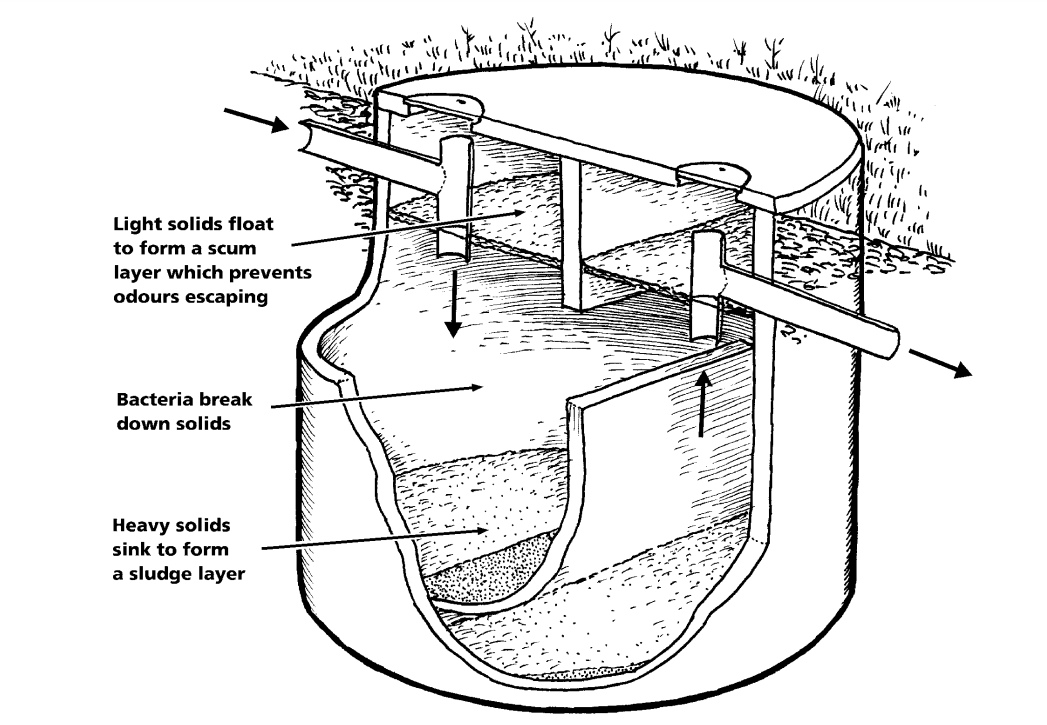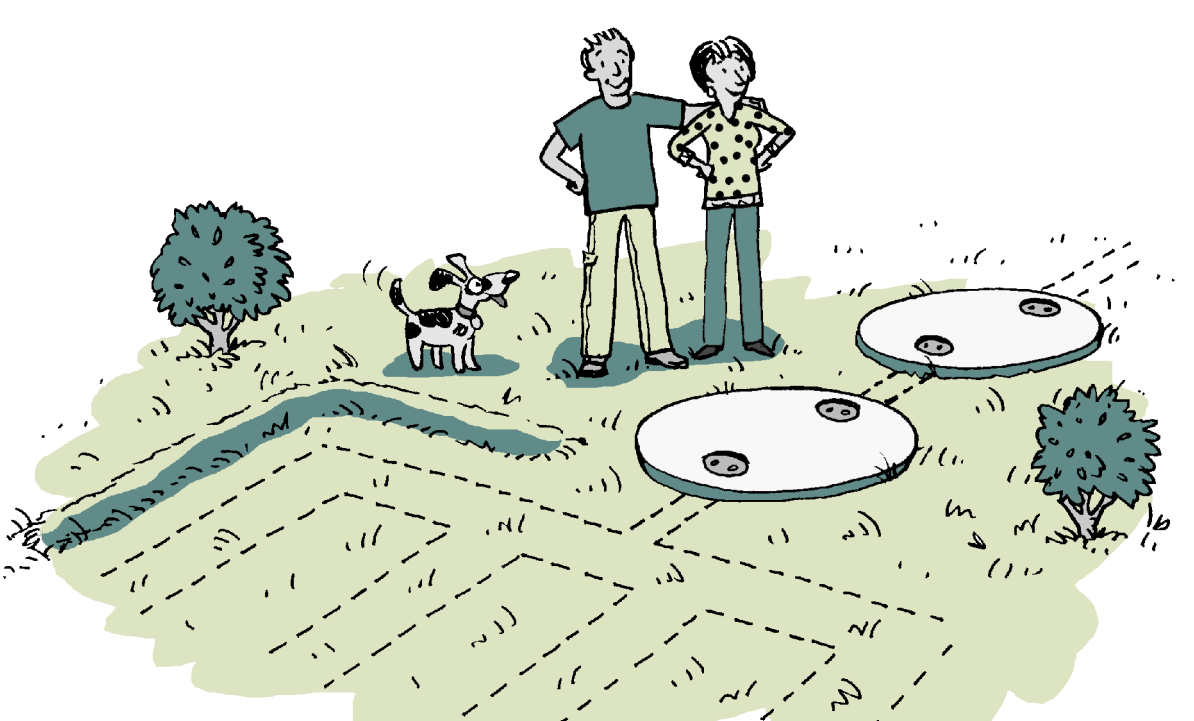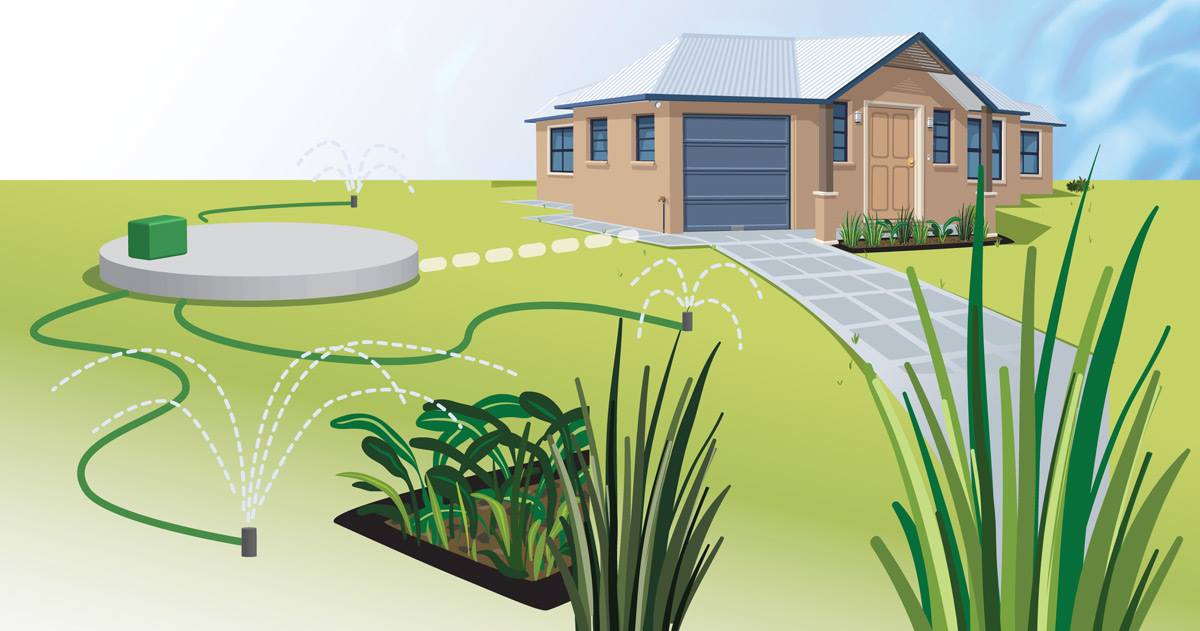What are your options if you live or have bought a property in an un-sewered area and plan on building on your site?
So you’ve just purchased or own a property in an unsewered area and want to build a Granny Flat. In that case, you’re likely thinking about what water treatment system will work best for you.
The options range from; installing a new wastewater system or septic tank, using an existing Septic system (if applicable) or connecting to a Towns Sewerage system.
In this article, we team up with Shaune Speed, the Managing Director of Garden Master Wastewater Solutions. Garden Master has been an industry leader in wastewater treatment for over 30 years, manufacturing, supplying and servicing quality wastewater treatment systems and septic tanks across Australia. With Garden Master headquarters here in the Hunter Valley, Shaune brings an immense knowledge of our local area and Council requirements.
So what are your options when building a Granny Flat in an un-sewered area?
First, if you haven’t purchased the property yet, have your solicitor via searches check if the property is connected to Town Water Sewage Network, and if not to:
- Check the current treatment system has been approved by council
- Has not been amended without approval
- Is in good working order
- Has been serviced regularly
Option 1.) Connect To Town Gravity Sewer System
For most, this will be the ideal scenario. You will have running water, and all your grey/black water will flow into the Town sewer system and be treated at the Wastewater Treatment facility.
However, connection to Town Sewer is not always possible. This article is about unsewered properties and the available options, so we will move on!
Option 2.) Septic Tanks
Septic tanks turn wastewater into effluent that must be disinfected via UV exposure, sand filters, wetlands, or, most commonly, leached back into the ground via sub-surface irrigation. Shaune says you should take extreme caution with effluent coming into contact with people, food, clothing and pets.
Note, Septic tanks do not kill pathogenic bacteria, viruses or parasites!
The contents of a healthy septic tank should form 3 layers:
- A layer of fats (called scum) floats to the surface, helping to prevent odours from escaping and stopping air from entering.
- A clear layer (called effluent). After treatment by bacteria, the effluent flows out the outlet pipe as new wastewater enters.
- A layer of solids (called sludge or bio-solids) sinks to the bottom and needs to be pumped out periodically.

According to Shaune, when choosing a septic system, the most important thing to consider is where it will be used, how it will be used and who will use it. For example, a septic system in a weekend holiday rental Granny Flat will be less used than a septic system in a permanently occupied secondary dwelling. Another factor to consider, will the primary dwelling/house be connected to the same system?
Option 3.) Advanced Secondary Treatment Systems (STS) and Aerated Wastewater Treatment Systems
AWTS and Advanced Secondary Treatment Systems (STS) are fast becoming the most popular septic systems used throughout New South Wales, says Shaune. They come in a two-tank or single large tank option.
Like the Septic Tank, wastewater is collected in a holding septic tank (or section within the single tank option) where solids settle, and anaerobic digestion occurs. The effluent is then moved to the Aeration tank or section in the single tank option. In the second aeration tank/section, oxygen is bubbled through the effluent to encourage aerobic bacteria to digest the waste. Finally, the aerated effluent is disinfected using chlorine or ultra-violet light before being pumped to an irrigation area for disbursement.
According to Shaune, fixed-line drip irrigation systems are usually the preferred method of disbursement. However, some councils permit low-throw spray irrigation in rural areas on larger properties. Aerated septic systems may also treat greywater to a standard suitable for watering non-food plants in the garden.

People using aerated septic systems must enter a regular maintenance contract for quarterly servicing, which the council may supervise.
The last things you want are embarrassing odours emanating from your septic tank! Garden Masters’ Elite Secondary Treatment System (STS) has been designed with a large capacity in mind. This will ensure safe and reliable operation even when doing multiple wash loads or when guests occupy your Granny Flat.
The system chosen will largely depend on the suitability of your site for effluent absorption, how many people living in the dwellings, available land, family lifestyle, and heavy water-use appliances in use. You should factor in soil type, salt content, local rainfall, and the water table’s depth.
There you have it!
If you’re looking at building a Granny Flat on an unsewered property where connecting to the Town Gravity Sewer is not logistically or financially an option, there are still some excellent options.
Shaune has written a great article on the Garden Master Blog covering the average cost, the process of getting a quote through to installing a septic system, and some other lesser-used, more niche wastewater treatment systems. Here is the article: Septic Tank Buying Guide

Important Information
According to the NSW Department of Local Government, your septic system may be classified according to an assessment of public health and environmental risks.
Your septic system will be assessed by your council and given a risk classification for the purpose of accountability and supervision. The category depends mainly on the area where the septic system is located.
Many councils use a three-class risk classification scheme as set out below. Still, sometimes more complex classification schemes may be necessary.
HIGH-RISK AREAS
These are highly vulnerable and sensitive environments like villages and areas close to drinking water sources, oyster leases, rivers and wetlands where the release of sewage pollution can cause a lot of harm. Suppose your septic system is in a high-risk area. In that case, the council will arrange regular checks to assure safety and good practice.
MEDIUM-RISK AREAS
These are vulnerable areas with a lower risk of water pollution because of factors like setbacks, good soil and vegetation and lower housing density.
If your septic system is in a medium-risk area, the council may ask you to do regular checks yourself, and it may do random audits.
LOW-RISK AREAS
These are areas where septic systems are located on good soil well away from waterways, drainage lines, homes and sensitive environments. Suppose your septic system is in a low-risk area. In that case, registration may be all that is required, provided you ensure that it is well-managed and maintained.
If you’re thinking of building a Granny Flat, feel free to check out our Granny Flat designs or get in touch for advice on your project or to book a free site inspection and quote!

